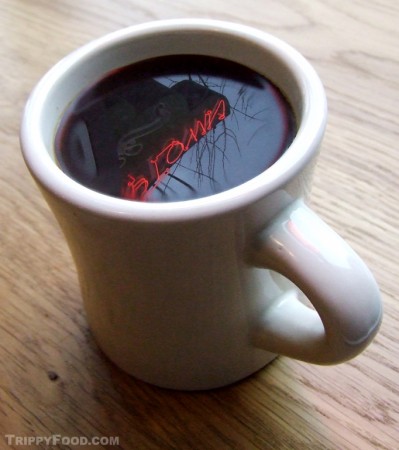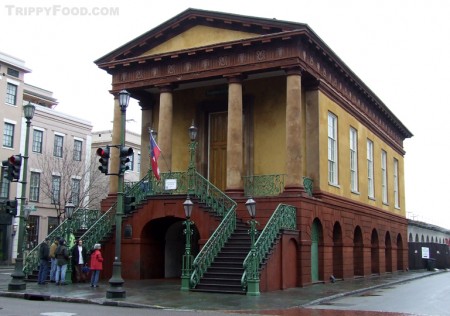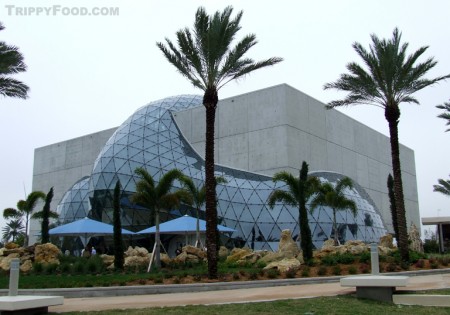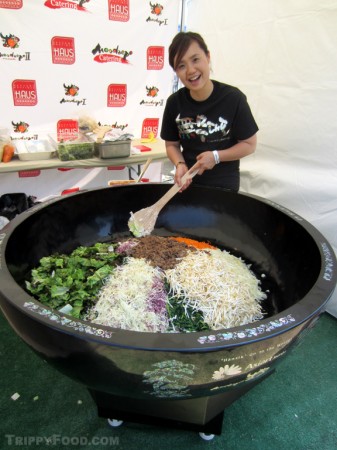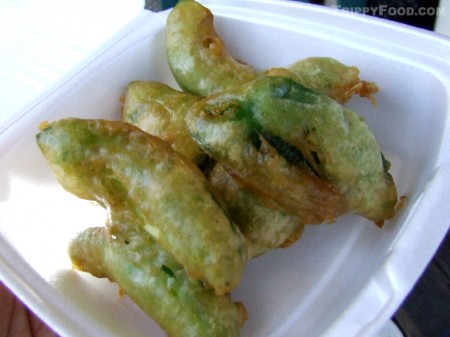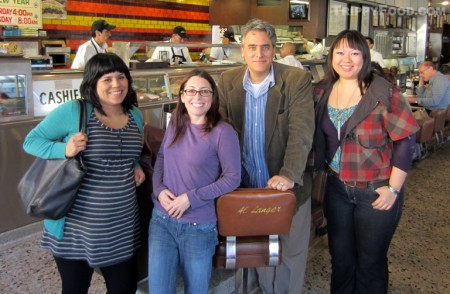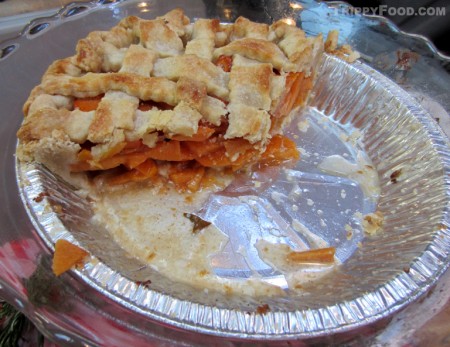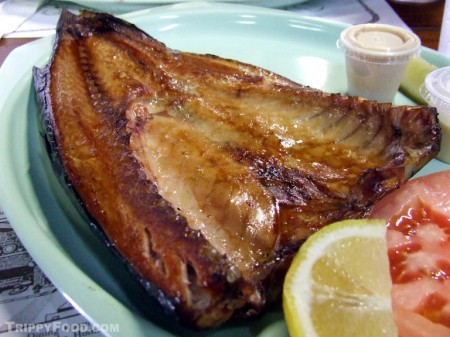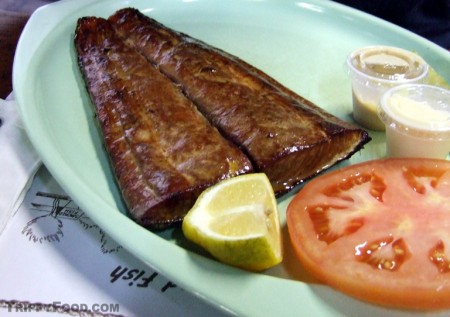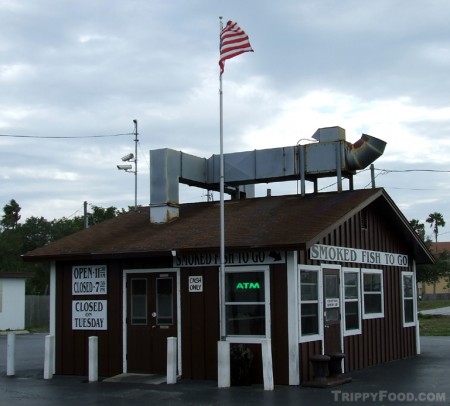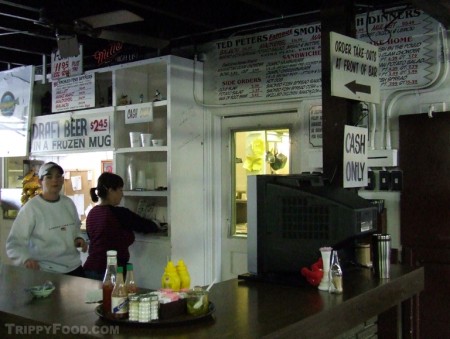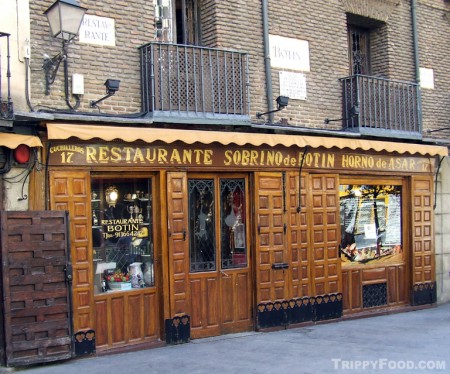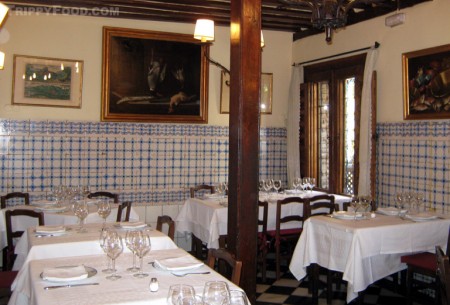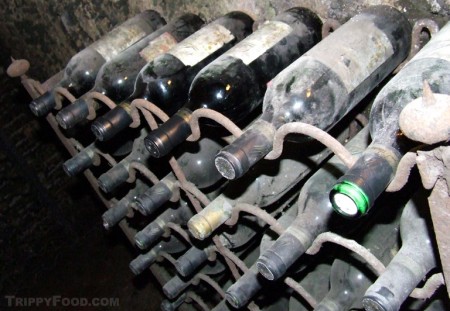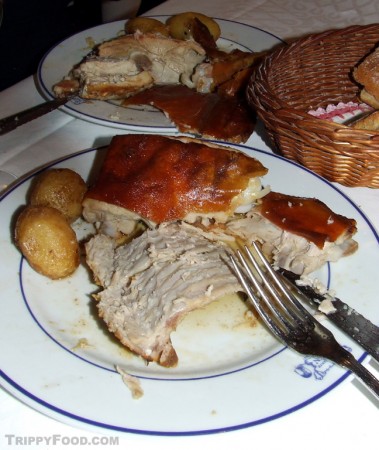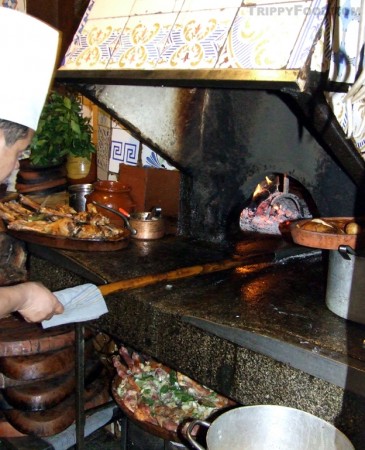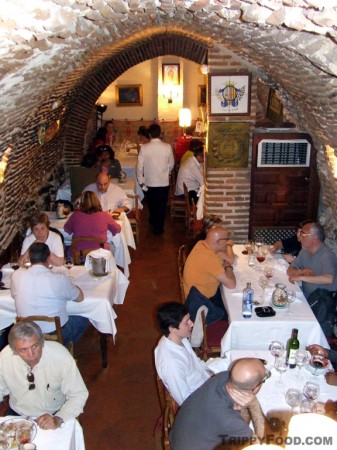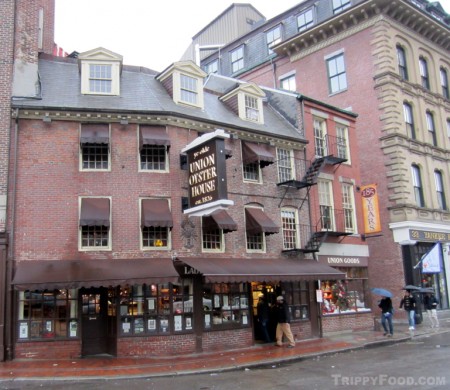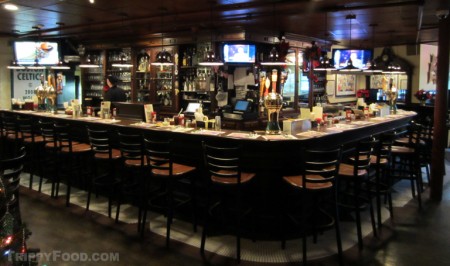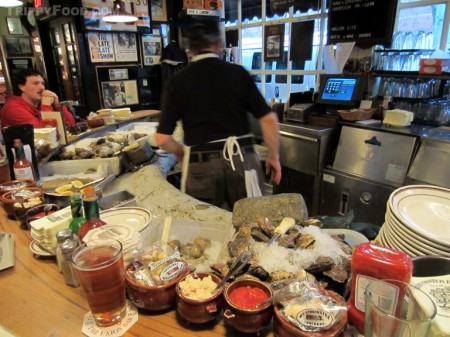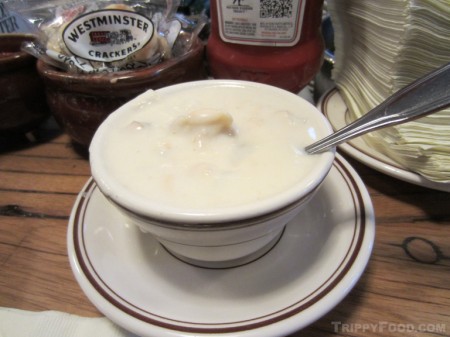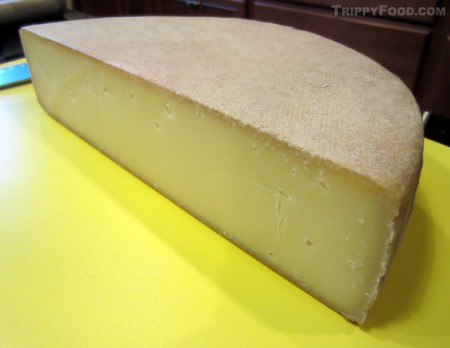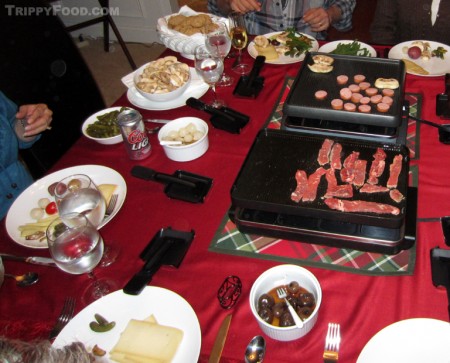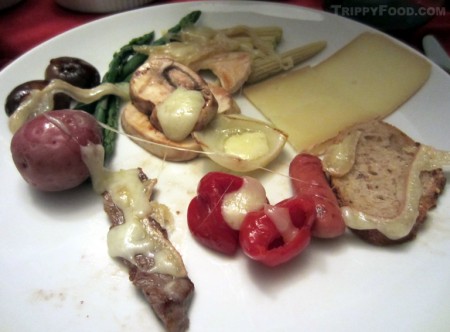A trippy look backward and forwards, 2011-2012
I got a haircut last night; nothing drastic like a Mr. T Mandinka or a Vanilla Ice high top fade, just a shorter version of what I typically wear. This was as much symbolic as it was maintenance – I looked on it as shedding the dead ends, the outgrowth gone to the ages. It might as well have been the trimmings of the old year hitting the barber shop floor. For the most part, the events that shaped 2011 (both locally and globally) have made us stronger individually and yet seem to have driven us farther apart in our ideologies, our tastes and our sense of humanity.
On a personal level, 2011 held less travel for me than in years gone by. By year’s end I managed to return to Boston after a nearly two year absence. The visits back to the land of my formative years are always bittersweet; while I love to see my family and friends I’ve known for decades, I always have a difficult time having to return to the West Coast. On the trip I took in many of the places I’ve loved for years (including Putnam Pantry in Danvers and Boston’s famous Union Oyster House), but also realized places that were so close most of my life and yet undiscovered such as the original Dunkin’ Donuts location in Quincy and Kane’s Donuts in Saugus. The promise of a road trip to see my brother in western New Jersey afforded me the opportunity to revisit loved break points (Rein’s Deli in Vernon, Connecticut); experience bucket list locations such as Louis’ Lunch in New Haven, Connecticut, Rutt’s Hut in Clifton, New Jersey; and, return to the place of my birth, Easton, Pennsylvania. What astounds me about living in California is that most natives can barely comprehend a 6-hour drive (equivalent to the quickest route by car from Los Angeles to San Francisco) that can take you through 7 states back East. Even my visit to my brother was a cultural experience in that he introduced me to the social and culinary taste delight of raclette in his home that evening with a visit to one of New Jersey’s legendary diners for breakfast.
I made several trips to Portland, Oregon, a city I am falling in love with as it seems to incorporate all the things I love about New England and Austin, Texas, the two places where I’ve spent most of my adult life. Portland is a quirky city that proudly displays its eccentricities on its sleeve, and an amazing food town. Road trippers will also love Portland for its larger-than -life roadside attractions such as Harvey the Rabbit, Paul Bunyan and the largest loaf of bread and pair of sneakers you’re likely to see in your lifetime. One of my favorite spots is actually smaller-than-life – Mill Ends City Park, the world’s smallest park. From the food carts (many of which pre-date L.A.’s gourmet food trucks) to the Church of Elvis, from the Portlandia sculpture to the former White Stag (now Portland, Oregon) sign over Old Town, Stumptown Coffee to Voodoo Donuts, Portland is going to be a place I look forward to returning to in 2012.
My trip to Charleston will undoubtedly be the jewel in the crown of my lifetime travel achievements as visiting South Carolina completed my lifelong goal of visiting all 50 states. Although the city holds on a little too tight to its Confederacy leanings (it was, after all, where the Civil War started and where South Carolina became the first state to leave the union), the people are warm and bursting with legendary Southern hospitality. Charleston is a colonial town, similar to Boston, where the difference lies in its landscape – the tallest buildings in Charleston are the steeples of its historic churches. Visits to Fort Sumter, the Slave Mart and to see the recovered H.L. Hunley submersible were among a few of the historic sites I visited, and the amazing low country cuisine almost defies description. I enjoyed meals at Ernie’s, Gullah Cuisine Lowcountry Restaurant, Jack’s Cosmic Dogs, Hominy Grill and 82 Queen (to name but a few) that will always find a warm place in my heart and my stomach.
No trip is ever complete without a road trip, and my South Carolina adventure included a drive to the Tampa, Florida area to visit my daughter and fellow adventurer, Alie. After a brief stop in Savannah, Georgia to see the church where “Jingle Bells” was supposed to have been written and Chippewa Square’s imaginary Forrest Gump bus stop, I went on a boiled peanut-fueled adventure that included St. Petersburg’s Dali Museum, South Pasadena’s Ted Peter’s Famous Smoked Fish, Tampa’s world’s largest bowling pin and the Cuban-tinged downtown of Ybor City. Prior to flying home, I made an impromptu stop at the Disney-meets-trailer park version of Mexicana known as South of the Border just across the North Carolina state line.
Back in Los Angeles, I discovered new restaurants and said goodbye to places I have visited; 2011 marked a farewell to Haldi Root, Angeli Caffe, The Manila Machine (Filipino gourmet food truck), Papoo’s Hot Dog Show and moko (among others), but opened my eyes to wonderfully accessible purveyors of delightful cuisine including King’s Row Gastropub, Larry’s, M.B. Post, Urbano Pizza Bar, Roxolana and a cast of characters to huge to mention. Rock star chef Ludo Lefebvre continued his legendary Ludo Bites popups while wunderkind Michael Voltaggio opened ink. and gourmet sandwich shop ink.sack, but I’ve decided to let the chef groupies cover the spots that are accessible to the wealthy or very lucky. My top celebrity chef moment had to be attending a media dinner at WP24 when Wolfgang Puck himself joined the group and gave us a tour of his kitchen. It was hard to continue to enjoy 5-star dining after taking a Sunday walk through Occupy L.A.‘s encampment; the experience has given me a profound appreciation for what I’ve been privileged to experience and will strive to cover more sites and dining locations in 2012 that are able to be enjoyed by everyone. I attended several of The Minty‘s food crawls in and around Los Angeles, and anticipate participating more in the new year, including her upcoming beef uterus crawl (one of the few bovine body parts I haven’t eaten yet).
2011 was a good year for festivals including three of the regional county fairs, a visit to the original Renaissance Pleasure Faire, the famous Fallbrook Avocado and Santa Maria Menudo Festivals and amazing Italian, Danish, Mongolian and Anatolian festivals. The beauty of living is a state the size of California is that there are literally hundreds of festivals statewide, and I feel as if I’ve only scratched the surface. I plan to make it a goal to attend next year’s Coarsegold Tarantula Festival, even after being informed that there will be none of the hairy arachnids on the menu.
This past year saw me finding creative ways to prepare and cook dishes that I wouldn’t be able to get in a restaurant (pig penis on a stick and grunion rings come to mind immediately). I ended the year savoring shark’s fin soup, a dish whose days are numbered in California, but this year I hope to visit other states to find dishes on the California no-fly list: bear, horse, cuy, and squirrel, to name a few. Foie gras (at least goose liver pate made using the process of funneling grain down a waterfowl’s gut) is on its way out; a few rock star chefs are up in arms about the ban, blatantly announcing that they plan to defy it. Hopefully said chefs either find what the state determines to be a humane method of making foie gras or move on to making different dishes – surely they’re not one-trick ponies; after all, they’ve had about 8 years since California State Senate Bill 1520 passed to prepare. Personally, I’ve enjoyed it previously and won’t terribly miss it, but know sampling it again only requires a long drive or plane ticket if the desire is that strong. We could debate all day whether or not the practice is cruel; on one hand, you have people like Anthony Bourdain visiting a farm where he narrates how natural and painless the process is – on the other hand I personally watched Eddie Lin down three huge bowls of pho in February and when he could finally speak he swore in severe pain never to attempt that kind of competitive eating again.
In terms of the writing, I will continue to update both the web site and the Facebook page (a great deal of the content has been and will continue to be exclusive to each). I will welcome guest bloggers, strive to do more podcasts and video and vary the content to include themed articles (locations from a particular movie, etc.), music events and interviews and occasional commentary. I look forwarded to meeting new people in my adventures and have solidified friendships with many of the foodies, bloggers, restaurateurs and public relations folk that I’ve had the pleasure to share my experiences with. Unfortunately, there are still some in the community that choose not to accept my outstretched hand in friendship. To these people I hold no animosity; in some cases I feel sympathy (not empathy) for them as I wonder if they are as lonely and miserable as their demeanors suggest. That having been said, I will be cleaning house in 2012, and this includes dusting out the people I rarely communicate with on Twitter, Foursquare and Facebook who essentially don’t wish to communicate with me anyway. If you are in this group, my 2012 wish for you is that you open up your hearts and let sunshine in – with the current state of affairs in our country and the overwhelming atmosphere of divisiveness, separatism, greed and lack of empathy for our fellow human beings, we will learn to get along as a people or we will perish. For those I continue to follow or friend, please do me and your other followers a big favor – I realize you are limited to 140 characters, but please try to be a little more descriptive in your posts/tweets. While a post that simply says, “Agreed” or “That sounds delicious” may mean something to you and the person you’re targeting, it means absolutely nothing to the rest of us and becomes spam – that’s what DMs are for.
Finally, since we all have an opportunity to wipe the slate clean and start over, I ask from you what I promise to provide in 2012 and onward – honesty. If I meet you at an event, a restaurant, festival, etc., please don’t tell me you’ll keep in touch if that’s the farthest thing from your mind. If we discuss collaboration and you have no intention of working with me, tell me up front. In 2011, I spoke to no fewer than 3 Peruvian chefs who took my card and said they’d let me know where cuy was available in the L.A. area – I have heard from none. I discussed creating the historic oyster ice cream with several people who make ice cream who remarked that it sounded like a great idea, but one that apparently died on the vine. I assure you, I will not think less of you as a person; in fact I will probably have a higher respect for you for being honest. Friendship, like respect, is earned and I hope to earn both from those of you whom I do not currently enjoy either with; however it is not an expectation or requirement for us to work together. To those of you who read Trippy Food, I offer my thanks and hope you find it enjoyable; please feel free to comment or write to me at [email protected]. To those who do not, I invite you to share my experiences, but I bear no ill will if you feel for some reason that you can’t. Either way, I wish you all the best in 2011 and hope to see you on the road.
Val



